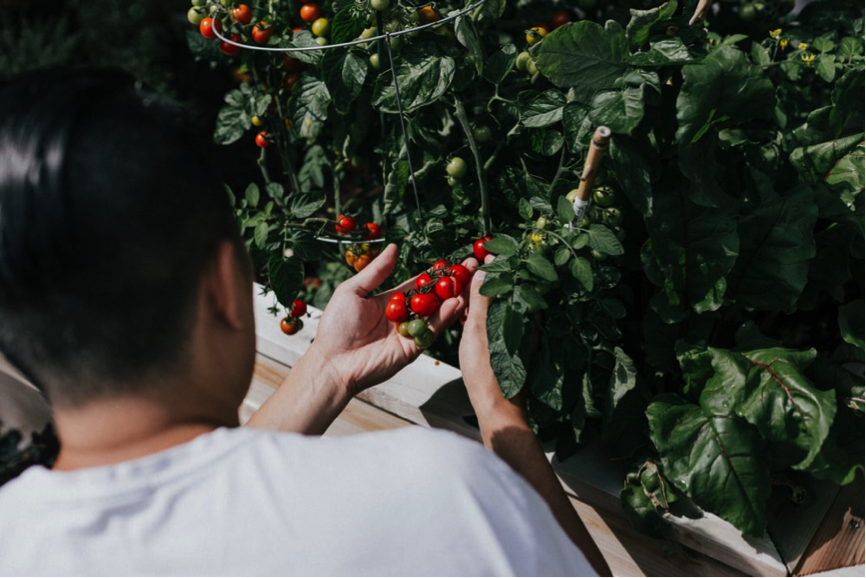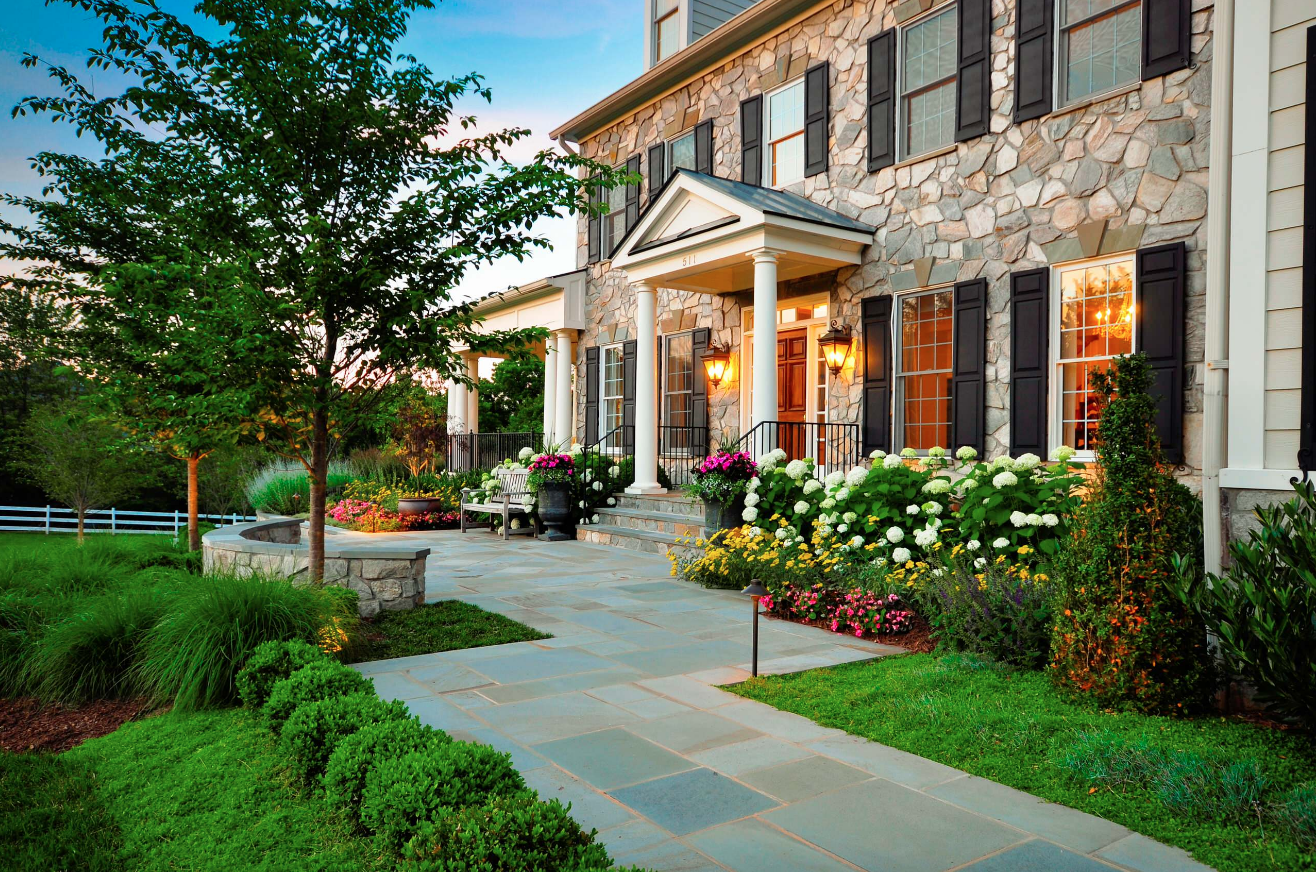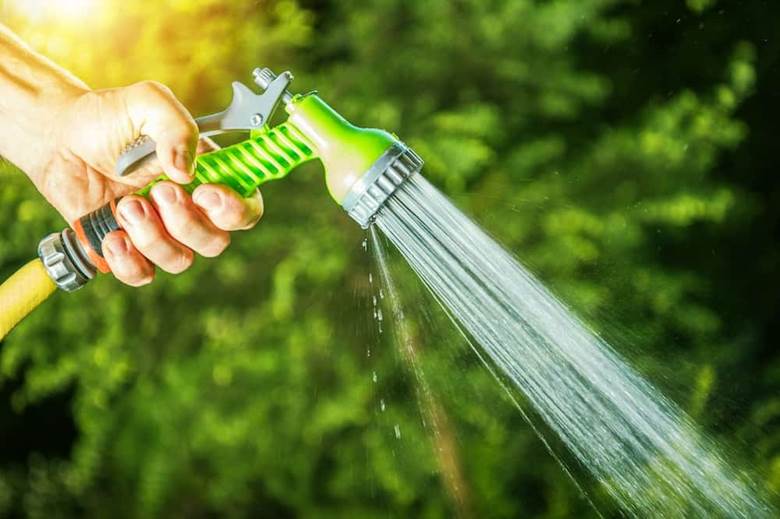Grow and Gardening: The Perfect Veggie Patch for Small Areas

A great way to start eating healthier and fresher is to grow your own vegetables at home!
 Photos By: Unsplash
Photos By: Unsplash
You don’t need a huge yard to start your own veggie patch, a small area is adequate to plant and grow delicious herbs, fresh veggies, and some fruits. The only few things you need are:
- Soil
- Sun
- Water
- A planting pot, pan, bed, or planter box
- Enthusiasm and the willingness to learn
Using a small place to plant your garden might sound a bit cramped, but it won’t be if you follow our top tips on how to create the perfect veggie patch in a small area:
Consider the Space Available
Many of us have much more space to our disposal than we actually realize. If you have a small yard at the back or front of your house, you don’t have to turn the entire lawn into a garden. Especially if the soil is poor or if there’s a lack of sun. Instead, you can grow vegetables and herbs in raised beddings, planter boxes, and containers. For more on how you can fully use your space with different containers, visit here. Remember that containers need to have decent drainage systems to avoid rotting. Because of these draining systems you are probably going to have to water your greens much more often than you would if they were in the soil.
Look at different container options, sizes, and shapes. If you have an area with poor soil, you can either fertilize the soil with compost and fertilizer or start from scratch by using a raised garden. Raised gardens are typically made from palette wood and can be as big or as small as you’d like.
Plan the Layout and Placement
Before you even start buying different types of containers, you need to plan ahead. Measure the space you want the plants to occupy and then plan accordingly. Keep in mind, that you should also be aware of the sun and shade exposure of different parts in the space. It’s important that your veggies get enough sun for them to grow strong. Veggies like cucumbers, beans, and squash can grow vertically – thus saving you a lot of space. You can use triangularly placed trellis or fence under which you can plant these veggies to guide them in a vertical growth. Vertical growing plants not only look great, but they save a lot of space too. Your garden can look beautiful too. Create a gorgeously vibrant layout by placing different colored plants together with all the greeneries. Purple beetroots and red tomatoes give that pop of vibrancy. Combining different herbs with textures can also give you garden a gorgeous aesthetic appeal. Make a complete drawing of your garden layout and create a shopping list according to your plan.

Choosing the Different Vegetables
When you don’t have a lot of space to your disposal, you should choose plants that don’t mind growing on a patio, balcony, or in a small container. You should also prioritize types of veggies that you are most likely to eat and that will thrive in your new garden. Planting a bunch veg only for experimental purposes will only go to waste. There are many different types of veggies that are cut-and-grow types. This means that once you’ve harvested them, they’ll grow back even better. This means you can snip a few leavy greens for your salads on the daily and never worry whether they’ll grow back. The best veggies to plant in small spaces are:
- Tomatoes
- Chard
- Kale
- Basil
- Snap Pea
- Zucchini
- Shallots
- Radish
- Lettuce
- Bean
- Eggplant
- And of course, all kinds of herbs
Cultivating a Healthy Garden
Unfortunately, you can’t just drop a seed in soil and hope for the best. You have to put in some added effort if you want your patch to grow to its optimum capacity. The first thing you should keep in mind is planting season. Veggies grow throughout the year, but their best time to bloom is during spring and early summer. This will be the best time to start planting new seeds. Do your research on what veggies grow best through different seasons. True gardeners will even alternate vegetables from season to season. This will ensure that the space isn’t unused during winter months. Winter varieties include leafy crops, roots like carrots and turnips, as well as brassicas like cauliflower and cabbage. Veggies that love spring and summer are spinach, snap peas, chilies, eggplants, and all kinds of lettuce.
Because you will be trying to save space, you’ll probably plant a few different vegetables in one container. When you do this, make sure that your combinations are successful. Some crops are great companions while others aren’t. Planting beans among sugar snap peas is a great idea. Once the snap peas have been spent after the warmer months, the beans will be there ready to take over its place for the winter. Remember to look out for pests who like to eat leaves and veg. Even though snails are cute, they can be really damaging to your crop when left unattended to. Make sure that you remove old and dry leaves, to give your plant time to grow some new ones. Also remove any weeds from the soil and other pesky plants that robs nourishment from the soil. Go here and click to live grow garden for more top tips on nurturing and cultivating your new patch.
When you carefully plan the small area available for your new patch of freshness, you’ll be able to optimize growth and produce. Keep an eye out for pests, the right amount of sun exposure, and don’t forget to regularly water your new patch. If you’re not home for a long period of time, ask someone to take over the watering. Before you know it, you don’t ever have to visit a grocery store again.







Leave a Comment